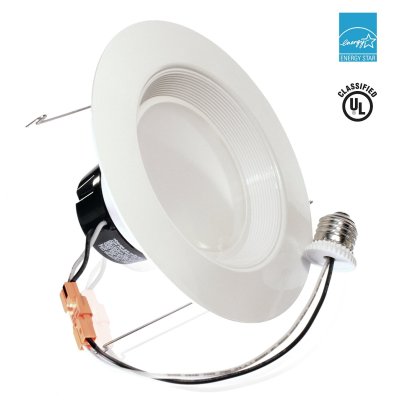skipro33
Thinks s/he gets paid by the post
I definitely think people should not overlook energy efficiency before going the PV route.
This makes sense because of the expense of a solar installation is based on the generation capacity. In my design, I'll be paying $2.55 per watt for a solar installation that is turn-key. If there's cheaper way to pay for watts, such as higher energy efficiency appliances, lighting, insulation, etc. then that is the better solution. However, most of those don't have a 25+ year life expectancy. Even LED bulbs are not rated for 25 years. Half that at best. So consider the cost of two LED bulbs when comparing to buying a per-watt solar installation. Same with appliances and such.
If a 60 watt eq. LED bulb costs $9, and lasts 12 years, two bulbs would last 24 years, same as the solar warranty. The bulb uses 8.5 watts for 5 hours a day, every day, for 24 years is 372 watts @ 16 cents a kWh for a total electrical use of $60 in today's dollars, not counting for inflation. 8.5 watts of solar at $2.55 a watt is $21.67 and does count for inflation.
I pay $21.67 for 8.5 watts of solar panels installed today and can light that light for 24 years and would have paid $60 to the electric company, not adjusted for inflation.
That's about 1/3 the cost with solar.
You mentioned saving by replacing a 60watt regular bulb with a LED bulb. A regular incandescent bulb will use 60 watts in an hour, 300 watts for a 5 hour day, 109.5 kwh a year and 2,737 kwh over 25 years. That costs $438 to PG&E compared to $60 for the LED bulb and $21 for the solar powered LED bulb.
You will spend about $18 in LED bulbs over that time and about $6 in incandescent bulbs as well.
Last edited:

